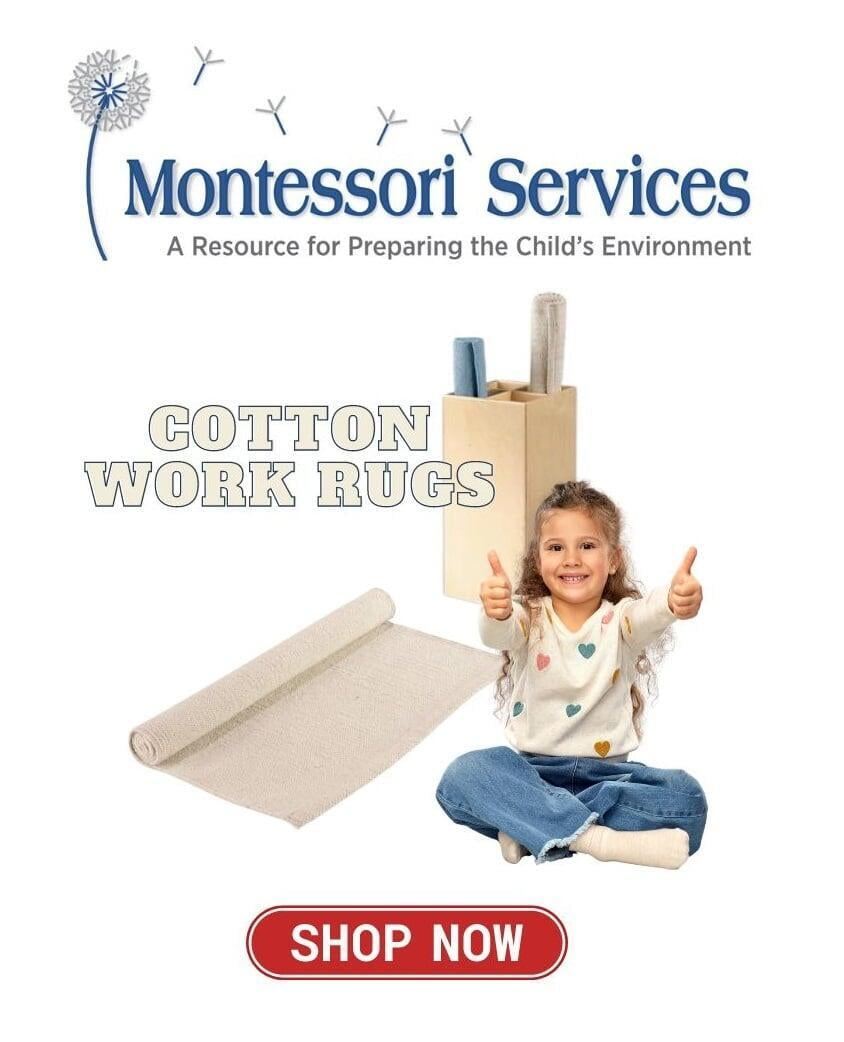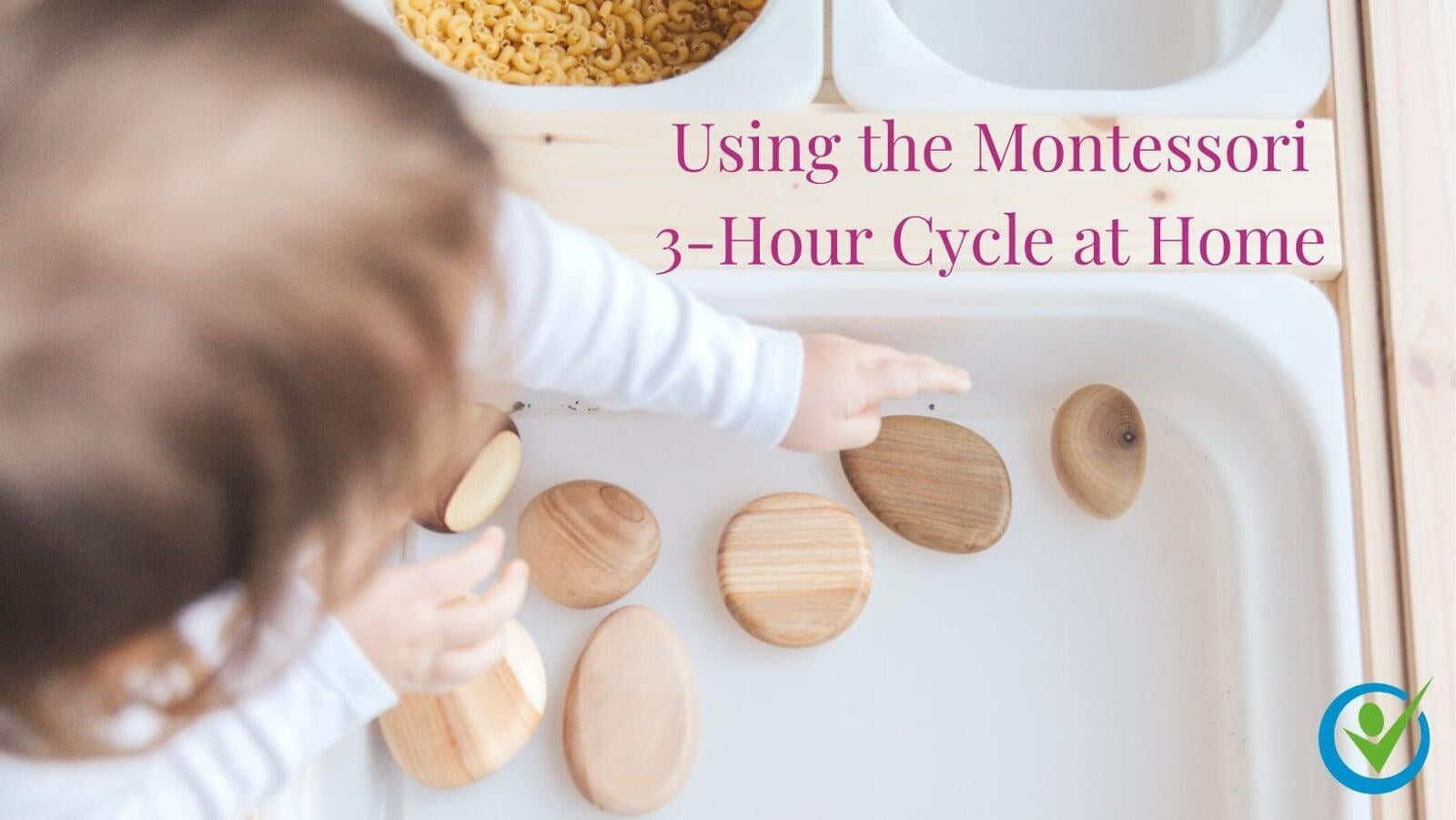How the Montessori 3-hour work cycle helps your child's development
If you are on a Montessori parenting journey, you may have acquired a plethora of Montessori materials. You have them beautifully displayed on open shelving and rotate out activities to avoid overcrowding. The question now: how to work the activities into your day. The Montessori three-hour work cycle is a proven way to make Montessori easy to implement for your family and optimize your child's development.
The three-hour work cycle involves choosing a period of the day where your child will be led by interest to explore their domain - the prepared environment. Employing this work cycle will promote your child's independence in both learning and stewardship of their materials. It is an opportunity for your child to focus uninterrupted. Yep, focus and concentration skills do not come pre-loaded!
Many families choose to begin the work cycle after breakfast and a morning circle time. The block of time is based on your child's age. Infants and toddlers up to age 3 benefit from 1 to 2 hours of uninterrupted exploration of activities. Preschoolers and children between ages 3-5 benefit from an uninterrupted period of 1 to 2 1/2 hours. At about age 6 and up, you can start implementing the full 3 hour work cycle.
To start, let your child choose the first activity. You may find your child chooses an academic or practical life activity you consider "easy" for them. Do not be discouraged. It is common that children choose an activity they are familiar with and can explore without struggle. The success experienced with the first activity of the cycle helps to prepare for choosing more challenging work later in the period.

Concluding the repetition of mastered skills, your child may experience what Dr. Montessori as "false fatigue." They may become distracted and stray from their work. It's important that you do not stop the cycle at this point. Let them stray, then move on to the next activity.
After false fatigue, exciting stuff happens. This period is often when your child will take on more daunting tasks and make great strides in skills yet to be mastered. Montessori called this "great work." This phase of the work cycle can occupy about half of your child's total work time.
Remember, the goal of the 3-hour work cycle is that the child works independently, led by interest. Introduce new work outside of the work cycle. Encourage your child to ask for help, but resist jumping in to help unless asked for assistance. Keep praise to a minimum; praise can distract the child's focus away from their work.
Toward the end of your child's work cycle, generally the last 15 to 30 minutes, you will notice your child is winding down with their work. This means it's time to transition your to cleanup and put away all the materials. Avoid cleaning up for your child. Use of a Montessori work rug and activities organized in wooden trays on open shelving makes independent cleanup simple and intuitive for your child. With a prepared environment, children are more than capable of cleaning up all materials they have used. The cleanup period is important for your child's development!




